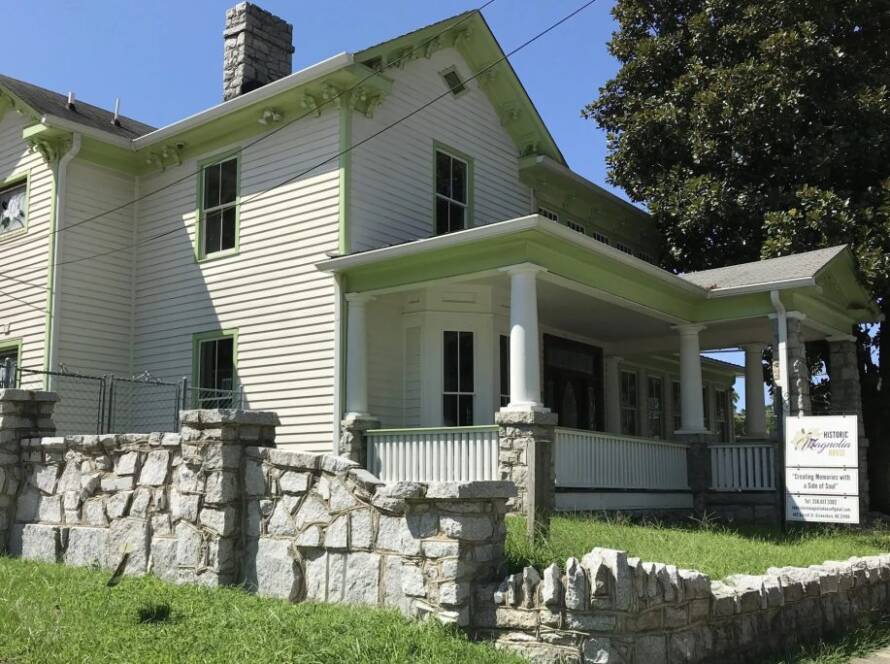If the quest is to create an atmosphere associated with the grounding effects of nature, positivity, success, and feelings of harmony, then the color Green is the winner! The cinematography industry has mastered the subjective use of green to convey various messages; such as hope and virility of lush landscapes or Disney’s evil villains or superheroes.
The great English film writer, Alfred Hitchcock, used color in his epic film, Vertico to identify each character and their traits. The lead actress, Madeline’s wardrobe, car, surrounding props, and details were all shades of green . Hitchcock utilized green to create “strange, ghostly, and out of reality” scenes. Scotty, played by Jimmy Stewart, was portrayed by the contrasting color of red. wearing red, , and was surrounded by red props and details. The film writer subtly communicated Scotty’s emotions of fear of heights, his love for Madeline, and his eventual hate for her. Without the audience’s awareness, Hitchcock manipulates the story along with his color codes that shift as the characters develop.
This is where the subliminal meets the philosophy of color. It’s a manipulation of sorts. Color assisted in the storytelling, defining characters and characteristics. It stimulates the audience’s emotions literally and metaphorically.
Some general associations of the color green are nature, ecology, perseverance, immaturity, envy, and evil. In marketing, it conveys money, wealth, economy, tradition, and luck.
In theatrical productions, green has been used as a restful spot to quiet the actors’ eyes from stage light glare.
A palette with this bright green is youthful and positive and might be seen in children’s films and Christmas movies.
This rich and warm color palette could be used in period films to carry the weight and seriousness of the subject matter.![]()
In theatrical productions, green has been used as a restful spot to quiet the actors’ eyes from stage light glare.
The human eye is able to see more shades of green than any other color. But an interesting fact is that many color-blind individuals can not see green at all. Also, the use of green, as with any color, can have historical, cultural, and emotional significance.
Caution must be taken when designing interiors with some shades of green. If a room is bathed in green, a calming tone should be used. An acidic green can give a sense of agitation if not used sparingly and deliberately. Special consideration must be given when designing in a room with fluorescent bulbs as they have a green tint and effect colors greatly.
Here’s classic avocado green used in Television sets back in the 70’s on “Bewitched”!
As a Designer, understanding how we “feel” or “experience” green is just as important as how we “see” green. In my interiors, I like to incorporate green in the personal design stories for my clients to generate emotional moments in their environment.
For example, my design studio is my secret garden. Green has a personal nostalgia for me. My father had green leaf wallpaper, and my grandmother had a trellis in her backyard. I was brought up with the plant, philodendron, which now is a graphic on the roman shades in the studio. The green trellis wallpaper on my ceiling is in honor of my grandmother. Creating a room that surrounds me with fond memories connects me to my upbringing and allows me to relax. Something to be said to not forget some nostalgia in our home.


